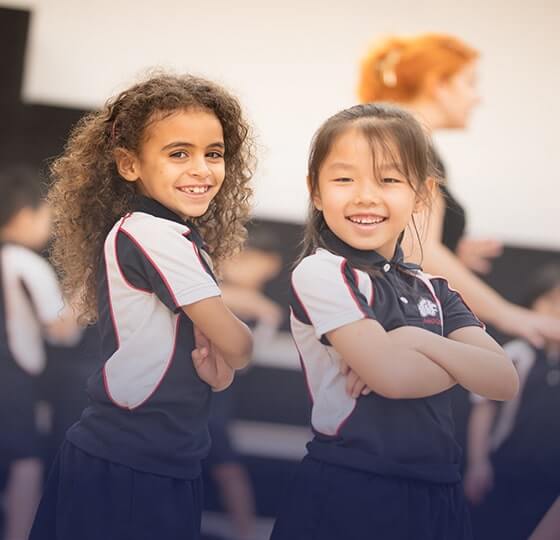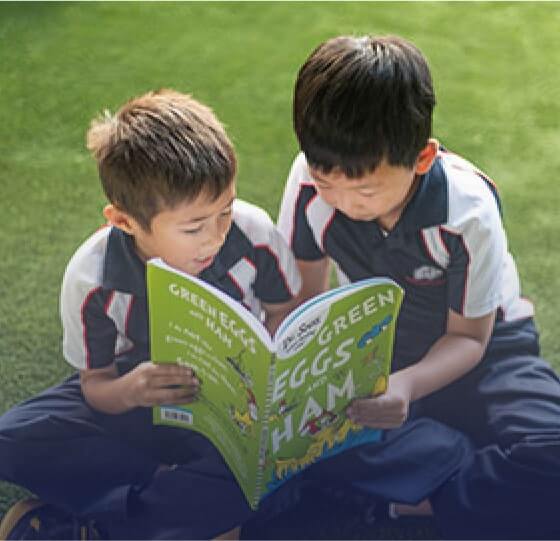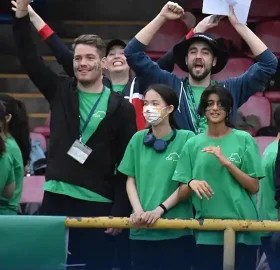Happiness and achievement go hand-in-hand. An essential part of school life at Stamford is building a caring community where students are eager to come to school each day. Social-emotional skills enable student well-being and build a culture of care at Stamford; we are committed to developing age-appropriate life skills and building solid relationships with their teachers, peers, and families. Studies show that students with higher levels of emotional well-being show more engagement and academic achievement both at school now and in their future studies.
With specialized guidance from Stamford’s team of three full-time in-house counselors and support experts, Stamford’s program for social-emotional learning (SEL) adopts the award-winning Second Step methodology (Pre-Primary to Grade 8), followed by the School Connect Program for High School students (Grades 9-12). These programs enable each child to develop strong social-emotional skills such as problem-solving, self-regulation, and empathy. When students feel safe, supported, and connected to their community, they are best ready to learn





